Introduction
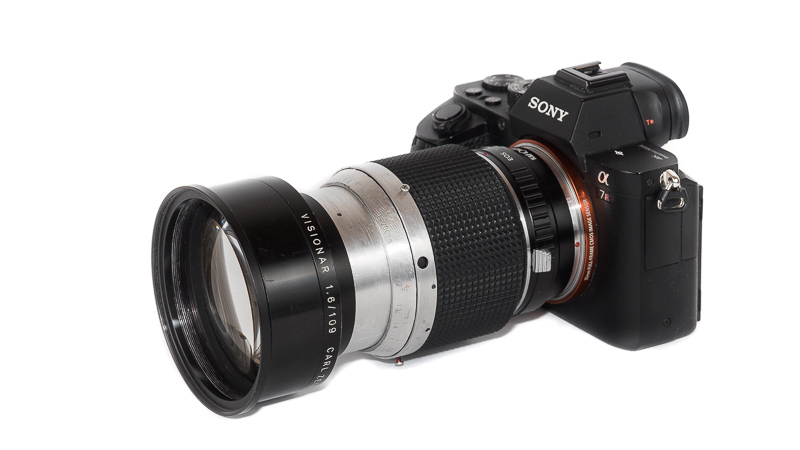
The Visionar 109mm 1.6 is a cinema projector lens from Carl Zeiss Jena which was made in the GDR. These projector lenses are often very fast and cheap, but they also come with a few downsides. This is the first projector lens we will review at this blog, so find out if there is still a place for these today.
Sample Images
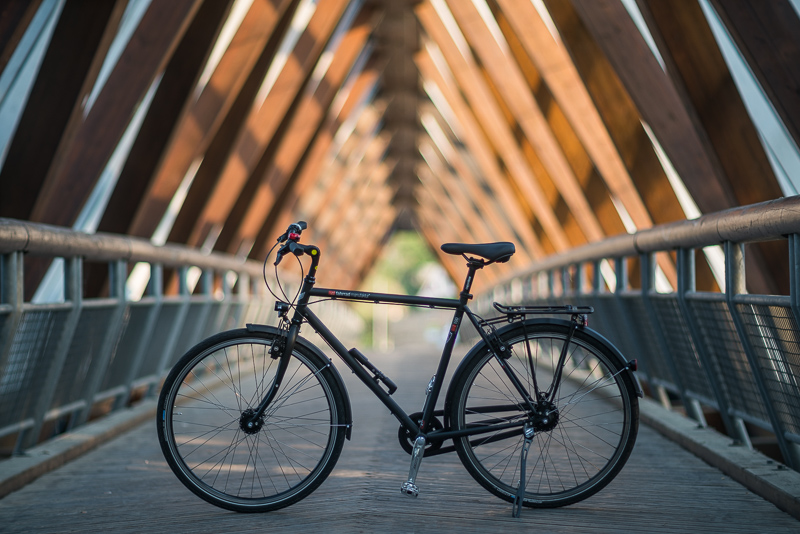

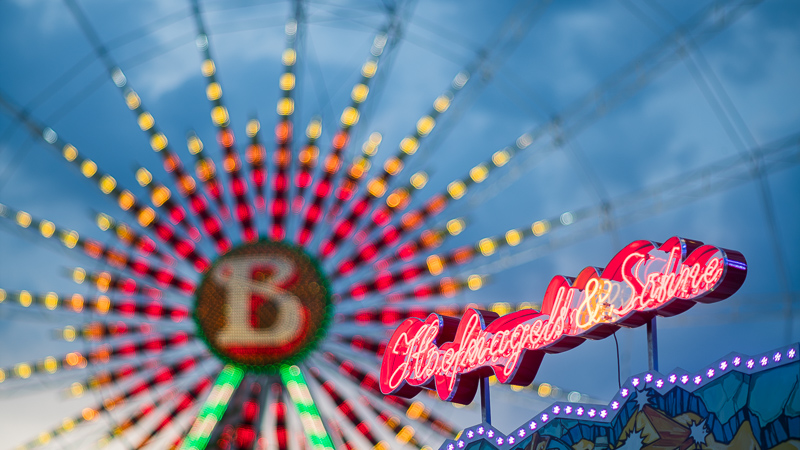
Most of the sample images in this review can be found in full resolution here.
Visionar History
The Visionar lenses were used for cinema projectors and came in different aperture/focal length combinations like 1.6/55mm, 1.6/92mm, 1.6/100mm, 1.6/109mm, 1.9/141mm, 1.9/168, 1.9/183 and even 1.9/200mm (probably not a complete list).
Usually these lenses are pretty well corrected, especially considering their age, but they come with two significant flaws: they usually don’t feature a helicoid and cannot easily be focused and they also don’t feature an aperture diaphragm so they cannot be stopped down.
The same lenses were also produced by Rathenower Optische Werke (short: ROW). Optically they are the same but can sometimes be found cheaper because of the missing “Zeiss” tag.
Specifications
This lens has been modded to feature a focusing helicoid as well as a Canon EF bayonet and now has the following specifications:
-
- Diameter: 84 mm
- Field of view: 22.5° (diagonally)
- Length: 119 mm (at infinity without adapter)
- Weight: 910g
- Filter Diameter: 76 mm modded to 82 mm
- Number of Aperture Blades: –
- Elements/Groups: 6/6
- Close Focusing Distance: 0.4 m
- Maximum Magnification: 1:5.0
- Mount: Ø62.5 modded to Canon EF
This lens itself can be bought used and prices starting at $150/150€ on ebay.com/ebay.de (affiliate links) but you still need to come up with a solution to be able to focus.
Handling / Build Quality
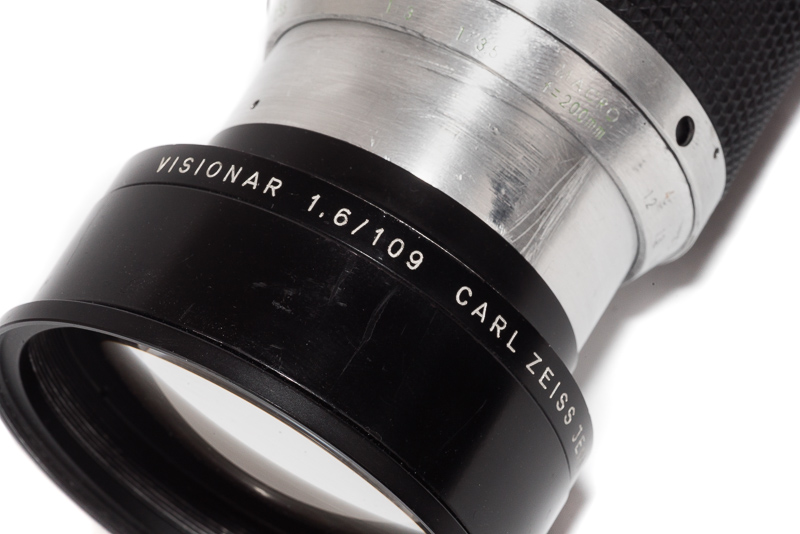
There is not so much to say about this lens in terms of handling and build quality, this depends more on how you manage to mount it to your camera.
The lens itself is a solid piece of metal with 6 big glass elements. No focus ring, no aperture diaphragm.
The previous owner modified the lens to feature a helicoid by grinding down a bit of the lens barrel itself, adding a thread and putting it in the housing of another lens, as can be seen in this picture:
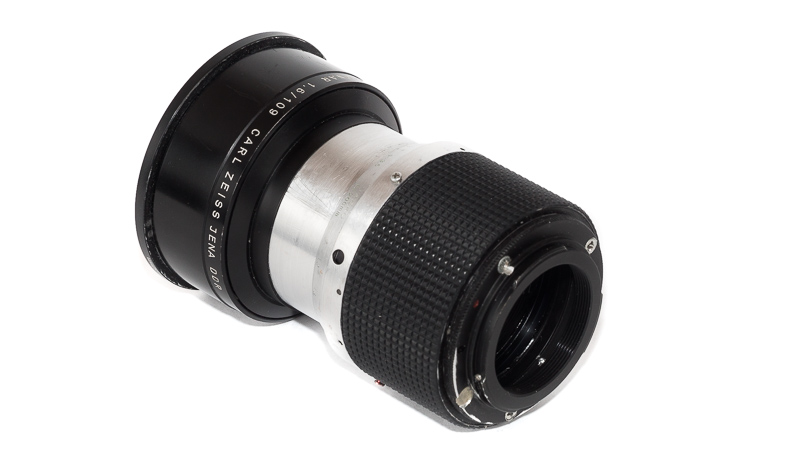
If you are not familiar to perform such kind of modification the most straight forwarded method to add a helicoid seems to be this Ø62,5mm to M65 adapter in combination with an M65 helicoid and an M65 to E-mount adapter (affiliate links). I haven’t yet tested this method myself but I am awaiting the parts and as soon as they arrive I will go more into detail.
Vignetting
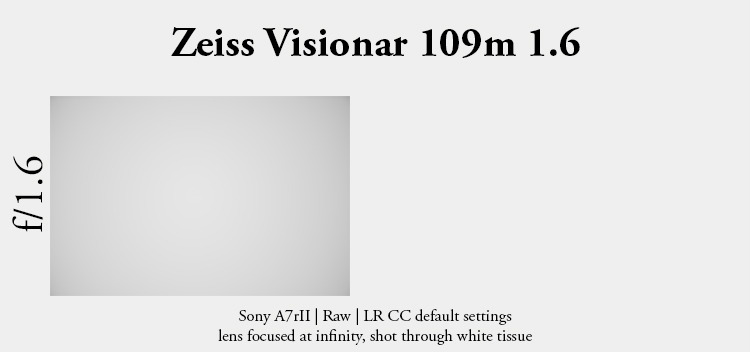
This lens covers even more than the full frame area and this is positive influence on the vignetting figures. Vignetting amounts to 1.5 stops, which is in line with comparable lenses.
What is really interesting though is that mechanical vignetting (which leads to the truncation of light circles in the background) is rather well behaved, more on that in the bokeh section.
Sharpness
infinity

This lens is obviously not made for infinity landscape or architecture shooting as you can’t stop it down. Contrast isn’t bad as long as there is no stray light hitting the lens, but there is quite a bit of field curvature. If you want a lens for these kind of applications best have a look for something slower and lighter.
close (0.40m), center
100% crops from center, A7rII
The performance at the minimum focus distance in the center is not that bad but this is one of the lenses where the focal plane with least color fringing is not the one with best sharpness. I found it quite usable for most close up scenarios, but have a look at my sample images to decide for yourself.
Flare resistance
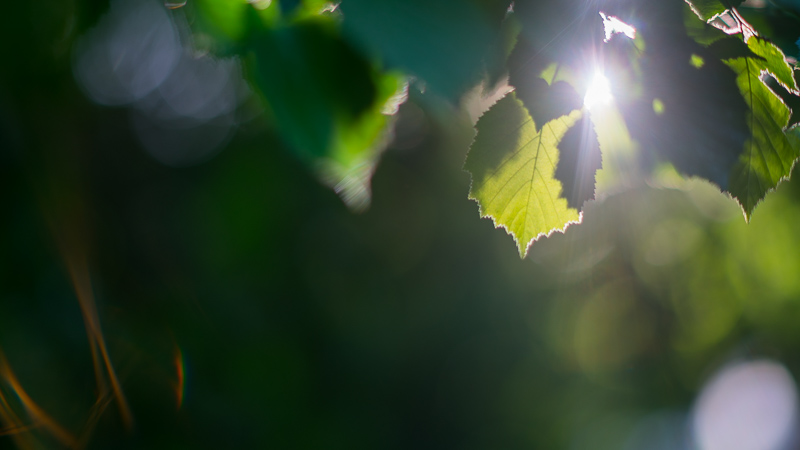
Apart from the lack of helicoid and aperture diaphragm the flare resistance is the biggest drawback to this projector lens. Without strong light sources in the frame – or close to it – contrast isn’t bad at all, but if there is stray light hitting the lens contrast is significantly reduced. You can also catch all kinds of colourful ghosts, as you can see in the shot above.
In the following comparison the sun was close to the frame in the first shot, which led to a significant loss in contrast. For the second shot I moved a bit to the side which gave significantly better results. Processing is exactly the same for both shots.
-

Sony A7rII | Carl Zeiss Jena Visionar 109mm 1.6 | f/1.6 -

Sony A7rII | Carl Zeiss Jena Visionar 109mm 1.6 | f/1.6
At least sometimes you can use the flare for artistic purposes:
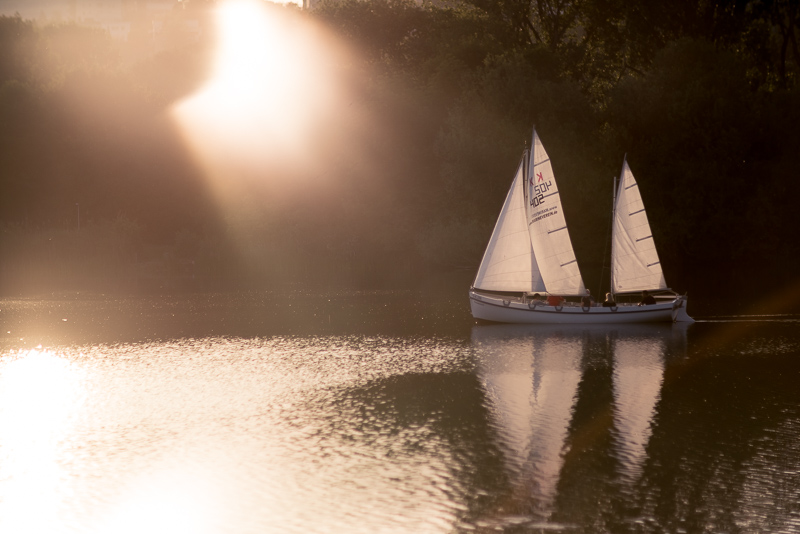
Coma
As I already told you in the sharpness section this lens shows some field curvature at certain distances. For infinity shooting the corners are sharper in a focal plane behind the center where you cannot focus with this modified lens.
Still, Coma is not overly obvious and should not be a big issue for portraiture or other kinds of shallow depth of field photography.
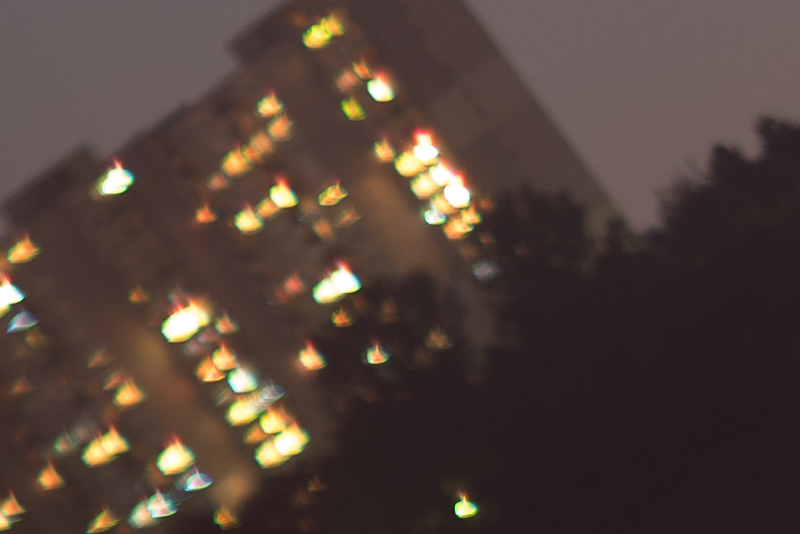
Distortion
Distortion is pretty much non existent.
Bokeh
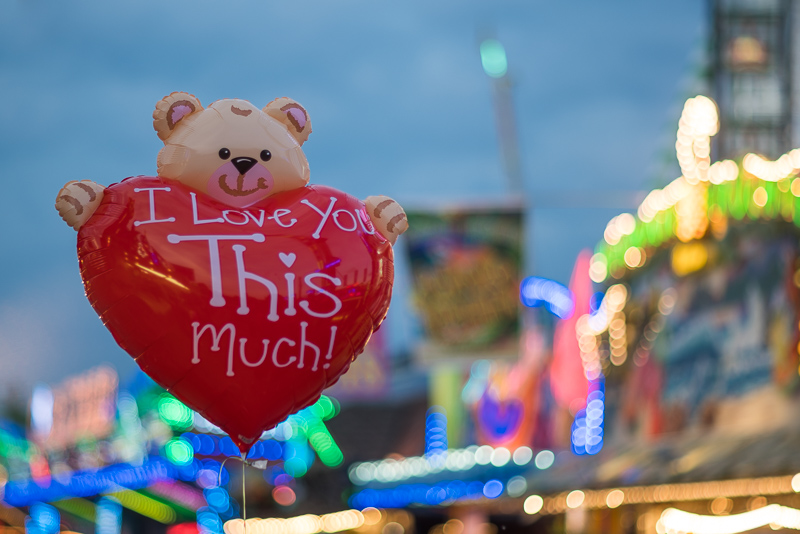
This lens is all about the bokeh and you get a lot of it for your money. The quality hugely depends on your focus distance. At close to mid distances it is good to really good, if you focus at something farther away outlining starts to appear towards the corners.
At most distances the transition zone is quite nice:
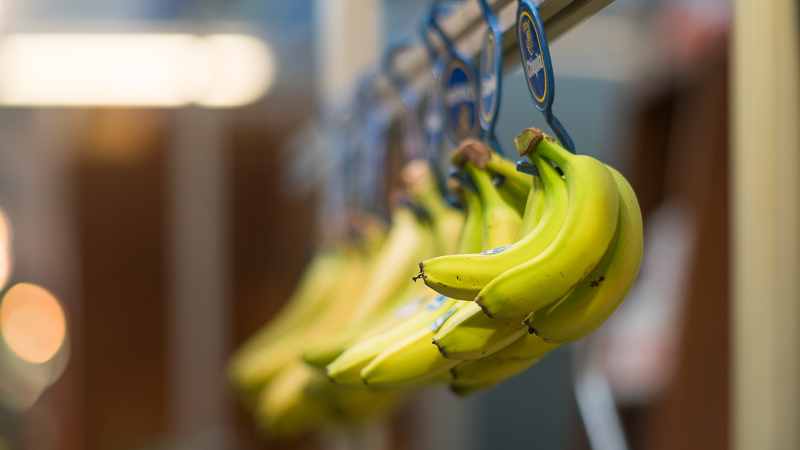
The lens has also rather well behaved mechanical vignetting (cat’s eyes) so it is not a bad choice for brenizer/bokehpanorama work:
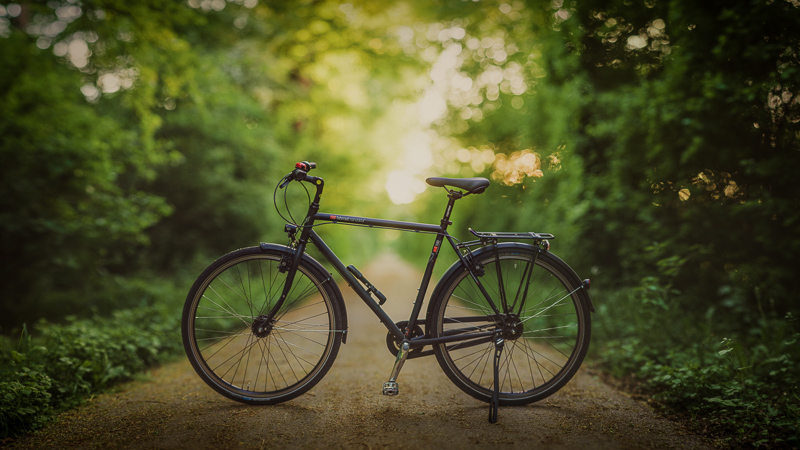
There are certain situations though where bokeh can show a bit more outlining than I like:
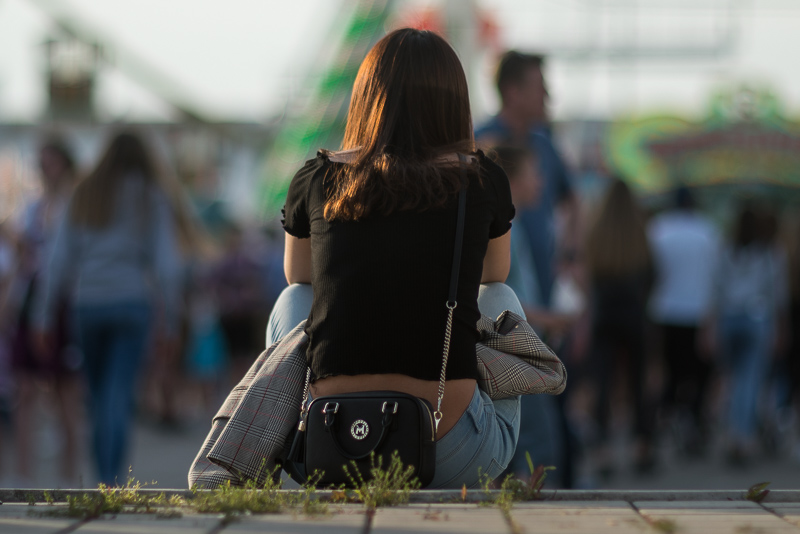
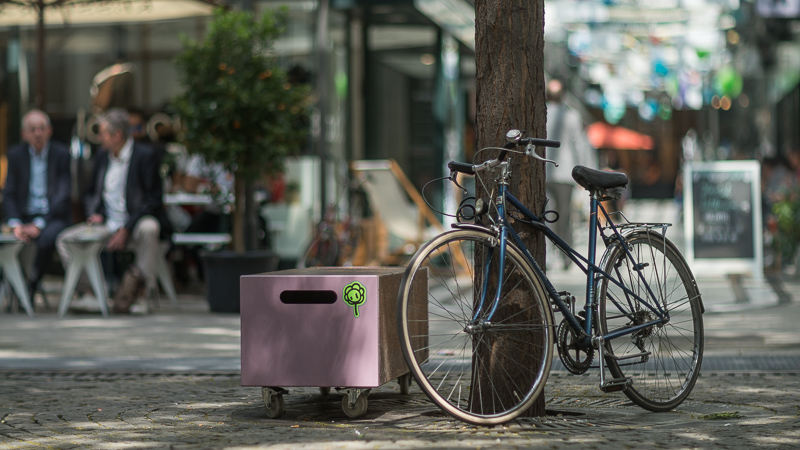
But in the end you really get nice subject separation for not that much money, especially when you compare it to more modern and way more expensive lenses like the famous Canon 135mm 2.0 L USM:
Chromatic aberration
lateral

With this lens you almost always have a combination of lateral and longitudinal CA so even with correction there will still be color fringes left. As said: this lens is not for infinity landscape shooting.
longitudinal
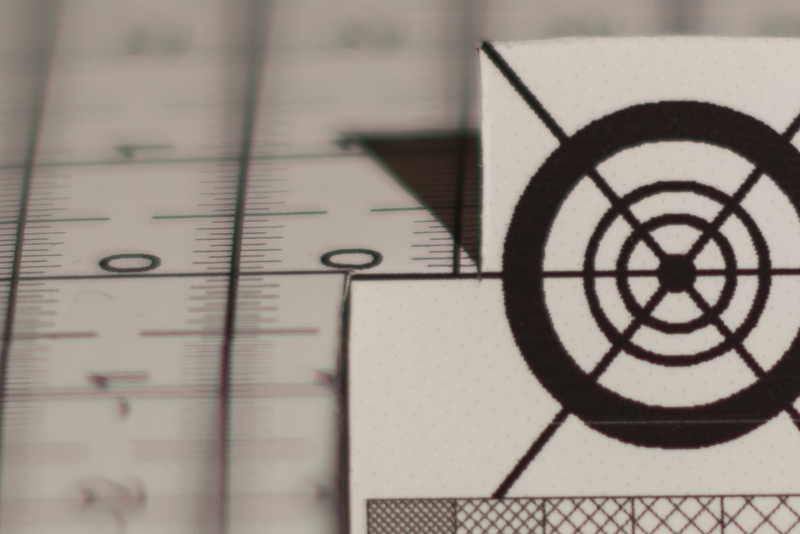
In close up scenarios the longitudinal CA are not overly pronounced, but if you focus at something further away in more demanding scenes you can definetly spot some purple fringing, comparable to most legacy 85mm 1.4 lenses:
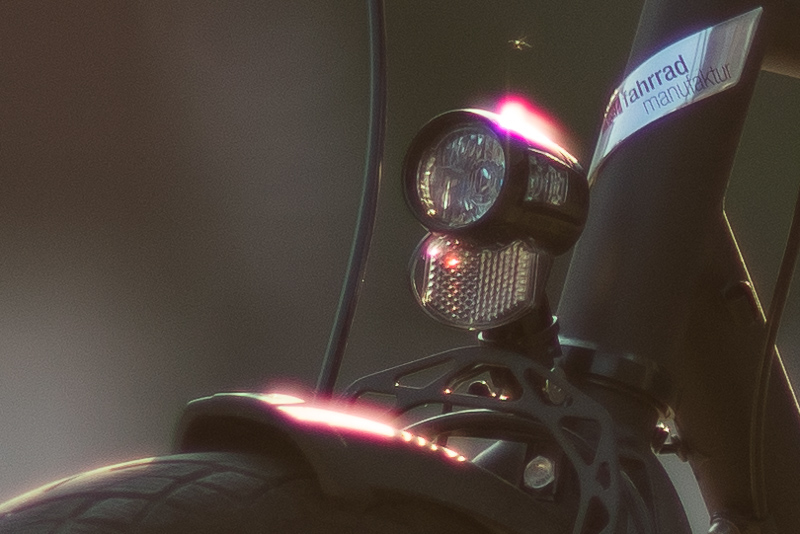
Alternatives
Nikon Ai-s 105mm 1.8:
I haven’t tried this one myself yet. It is a bit slower and less heavy and obviously more convenient to use because of focus and aperture ring. I also expect flare resistance to be much better. Bokeh I am not so sure about judging by the pictures I have seen from this lens. This lens also usually sells for 500$+.
Nikon AF-S 105mm 1.4E:
This lens is even a bit faster and slightly lighter. If you want to change the aperture you need the Commlite AF adapter. This lens seems to have severe problems with cat’s eyes/mechanical vignetting but in any other way it should be better. Still, with the adapter this will be around 2000$.
Sigma 105mm 1.4 Art:
Did not yet hit the market, twice as heavy.
Canon EF 135mm 2.0L:
For most people that can afford it this is probably the most convenient option for a faster longer than 85mm portrait lens.
MS-Optics Aporis 135mm 2.4:
If you value compact size over a bit of speed this is still my recommendation for a fast slightly longer portrait lens.
Conclusion
good
|
average
|
not good
|
As said this is the first projector lens we reviewed and it certainly has its flaws: The lack of an aperture diaphragm means this lens will only be suited for portraiture and shallow depth of field photography and not really for landscape and architecture. Furthermore flare resistance is really quite bad.
But if you can work around these flaws the lens can give great results. Considering the combination of focal length and maximum aperture this is so much better than I would expect from a 60 years old lens and when looking at the results I was often pleasantly surprised about the comparably high contrast.
You get a whole lot of glass for your money here and as mechanical vignetting (which leads to cat’s eyes) is very low I think the results look often more pleasing than those of comparable modern lenses like the Nikon AF-S 105mm 1.4E (which suffers badly from cat’s eyes) which are ten times as expensive.
This is not your everyday lens, but it can be a really nice addition to your kit which does not break the bank and at times may yield very special results.
This lens itself can be bought used and prices starting at $150/150€ on ebay.com/ebay.de (affiliate links) but you still need to come up with a solution to be able to focus.
Sample Images
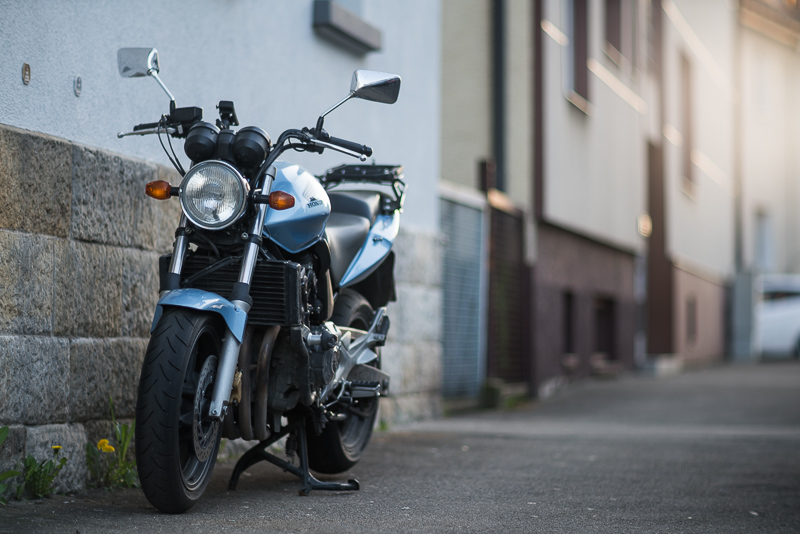

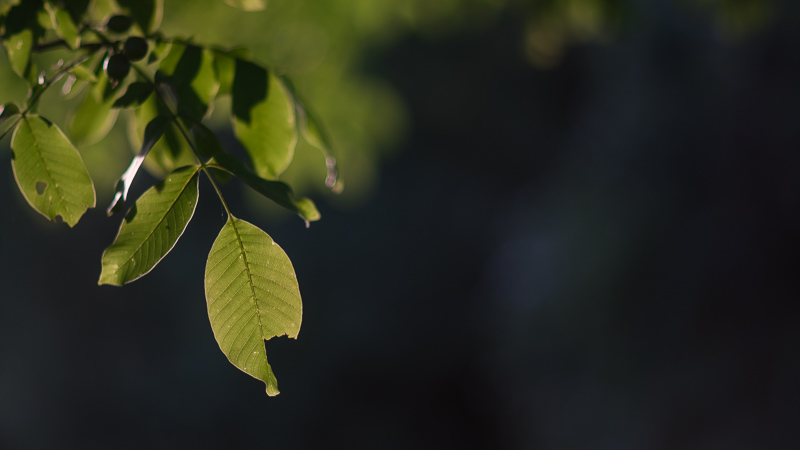
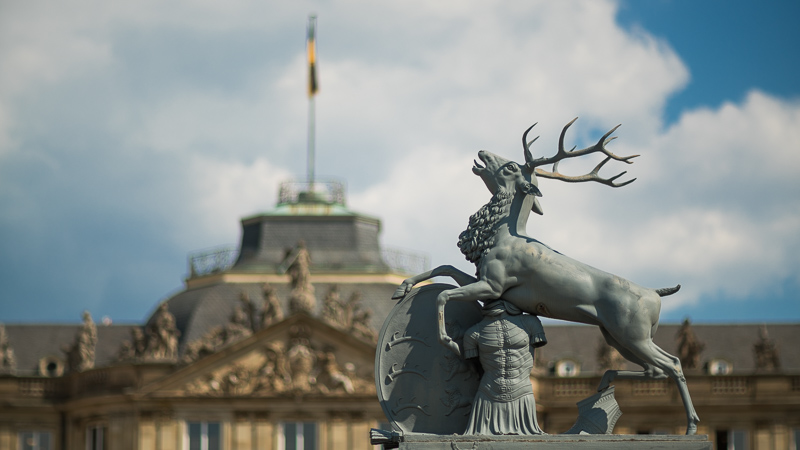

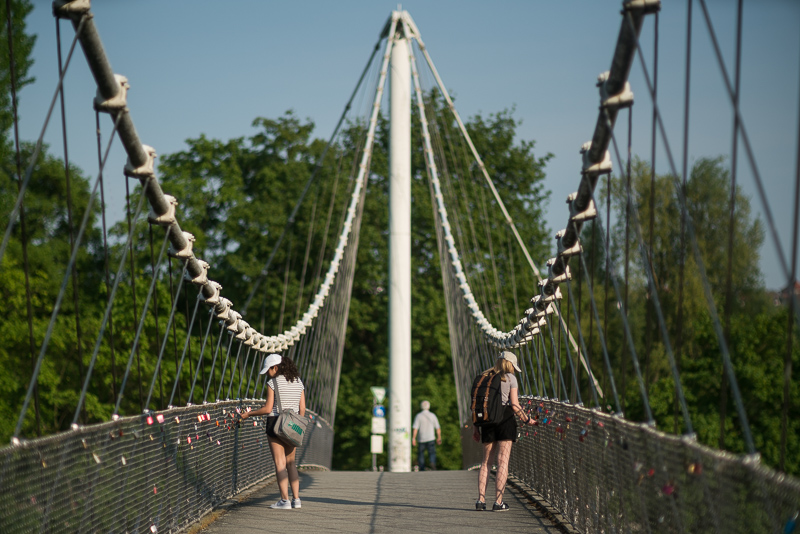
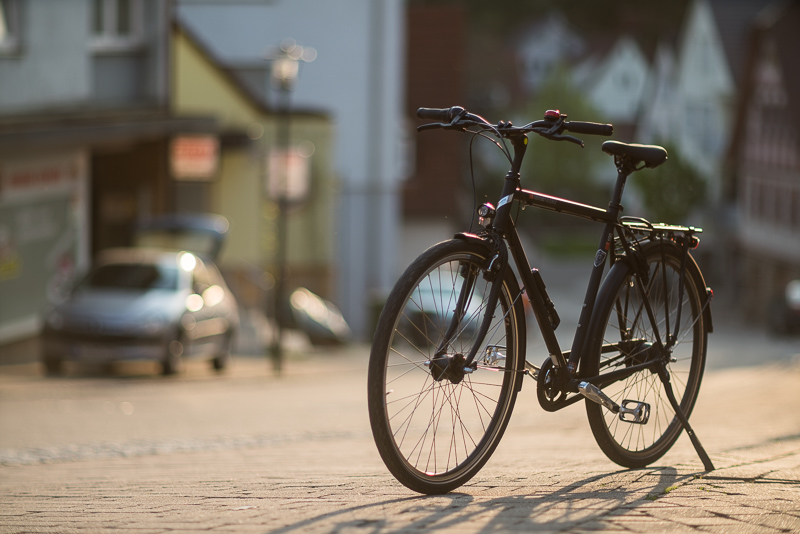
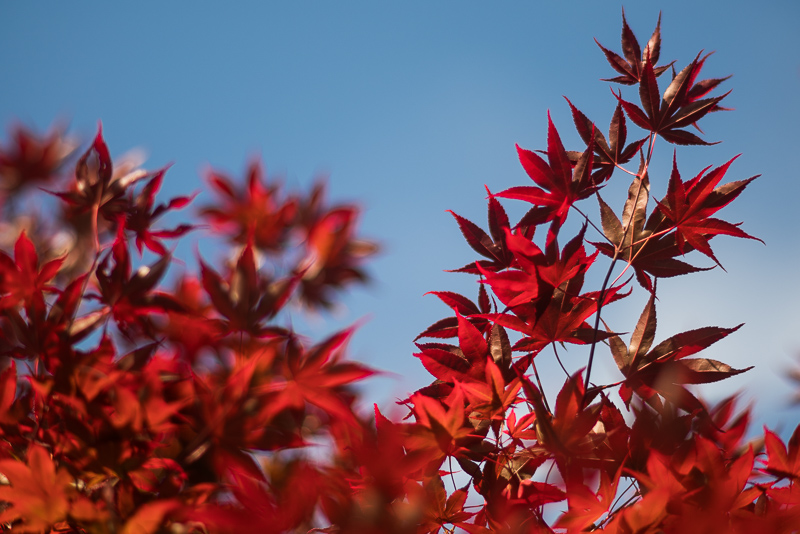
Most of the sample images in this review can be found in full resolution here.
Further Reading
- Sony FE lenses: Our comprehensive and independent guide
- Canon FD 85mm 1.2 SSC
- 35mm comparison: Zeiss, Leica, Voigtlander
- Tripods for mirrorless cameras
Support Us
Did you find this article useful or just liked reading it? Treat us to a coffee!
![]()
![]()
![]() via Paypal
via Paypal
This site contains affiliate links. If you make a purchase using any of the links marked as affiliate links, I may receive a small commission at no additional cost to you. This helps support the creation of future content.
Latest posts by BastianK (see all)
- Review: Canon EF 50mm 1.0 L USM – Still the world’s fastest AF lens - December 30, 2025
- Review: Nikon Nikkor 105mm 1.8 Ai-s - December 28, 2025
- 2025 – Year in Review - December 23, 2025
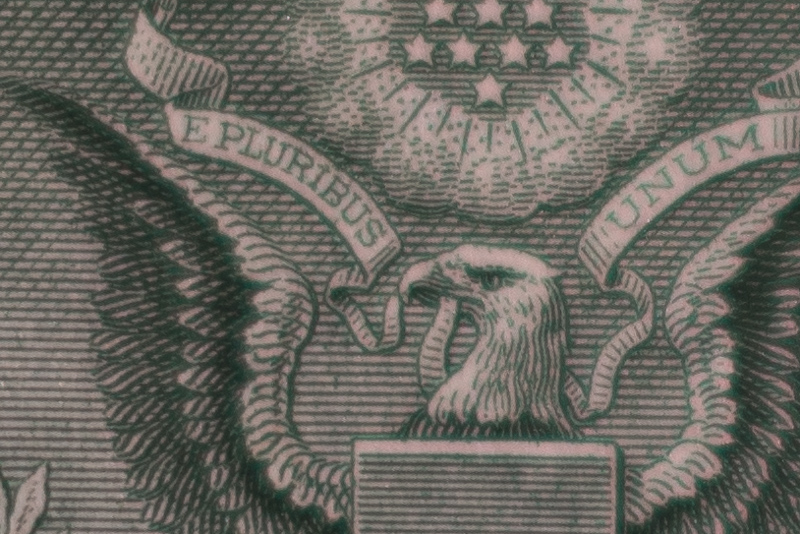
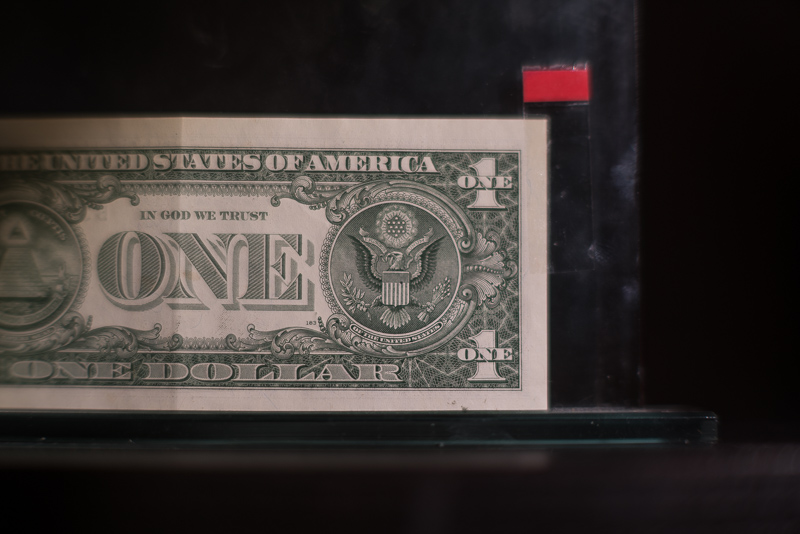

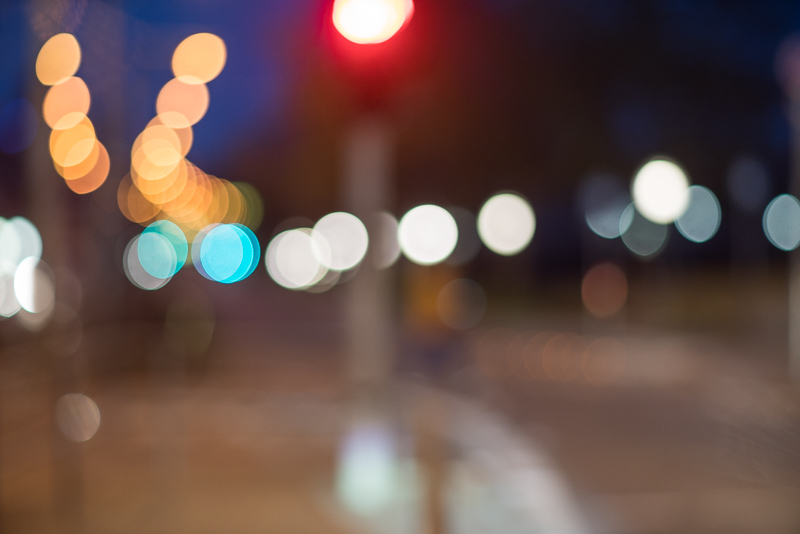
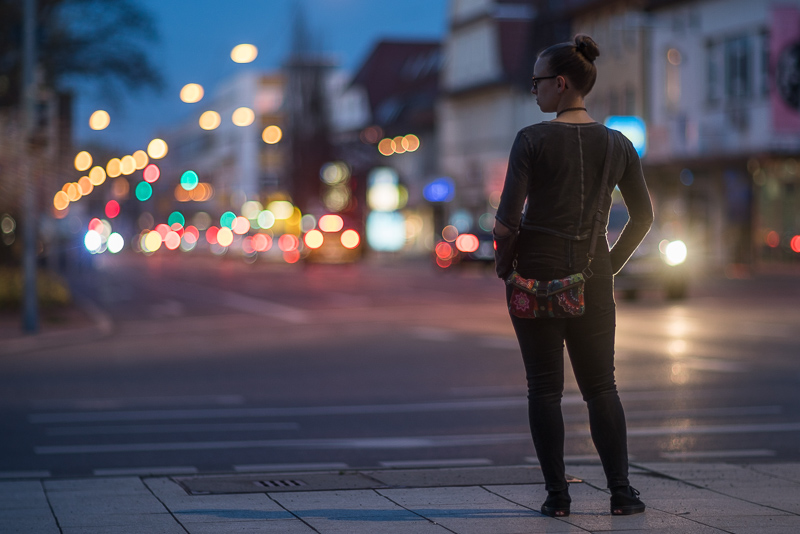
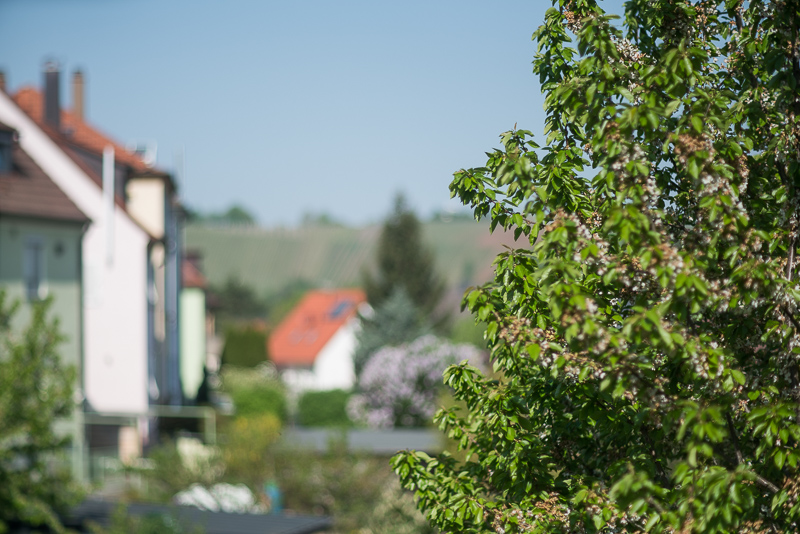
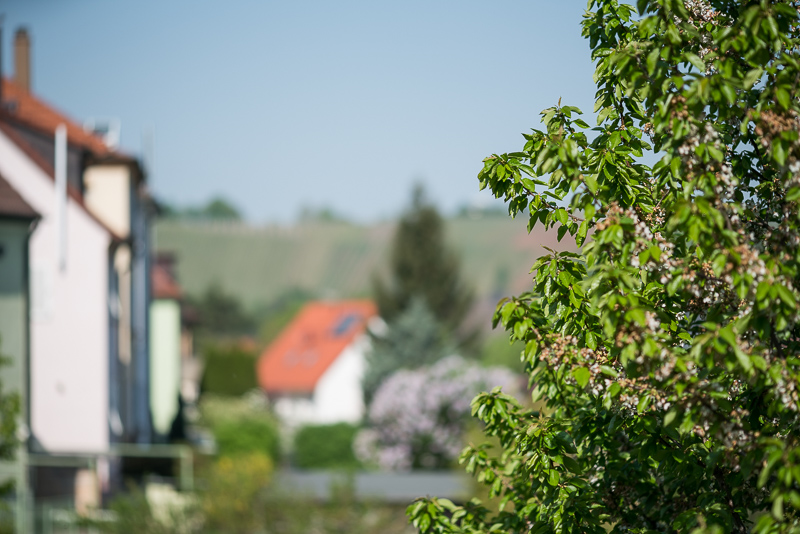
Very interesting, at shorter distance I really like the bokeh. It seems like you gave me a project for this summer 🙂
Thanks for the review!
Could you share a higher resolution version of the bike in the trail created with a 36 shot pano? I would really like to use it as my desktop background!
This should be big enough: https://www.flickr.com/photos/140854680@N04/40499344940/sizes/l 🙂
Thanks!
Ever since stumbling across the term “helicoid” I wonder what exactly that is. Looking it up in Leo translates “helicoid” with “Helikoid”, very helpful. Looking in Wikipedia, I find “Die Wendelfläche oder Helikoide ist eine Fläche aus dem mathematischen Teilgebiet der Differentialgeometrie. Sie ist neben der Ebene die einzige einfach zusammenhängende Minimalfläche im 3-dimensionalen euklidischen Raum.”
This does not really explain to me how and where in a lens this is usually used… Can you explain?
What you see in this picture: the metal parts with thread actually used for focusing.
Thanks!
@ Peter: In German it means: Fokusschnecke, in English: Focussing mechanism.
This particular helicoid seems to be taken from an old (cheap Lens – glass taken out, new lens put in) and makes it possible to move the lens from one distance to the sensor to another to be able to put in focus what you desire. It’s as simple as that.
@ Bastian: Very nice images ;). You’ve managed to show all the good qualities one hopes to get from a projection lens.
May I recommend trying ISCO and Schneider 35mm Cinema lenses for the next step in projection lens reviews.
The Super Cinelux and Ultra MC ones are really sharp (in the center) and have nice bokeh.
I already acquired a Visionar 1.9/183 and a 1.9/168 which I will also have a look at 🙂
For these I am using an easier method to mount the lens to the camera, which involes no modifications/metalwork.
Samtfokussiertubus?
Visionar 1.9/168 and 1.9/183 have Ø80mm barrel.
RAFCamera from Russia offers an adapter from Ø80mm -> M65.
Different M65 helicoids are availabe on ebay.
RAF also offers a M65 -> Sony-E adapter.
This will be explained in more detail in the next projector lens review 🙂
Thanks for the review Bastian. I already have the FD 135 F2 so no need for something like this but it looks like it would be a fun portrait lens to shoot with.
Thanks for the review! It’s one of my favourite lenses!
The lack of an aperture diaphragm means this lens will only be suited for portraiture and shallow depth of field photography and not really for landscape and architecture.
https://www.flickr.com/photos/max_tm/38187965921/in/dateposted-public/
Ein wenig vermiss ich schon mein umgebautes Visionar 1.6/109. Leider hab ihr es ja schon lange verkauft. :-/ Aber trotzdem Danke für den schönen Test meines “Kunstwerkes” 🙂